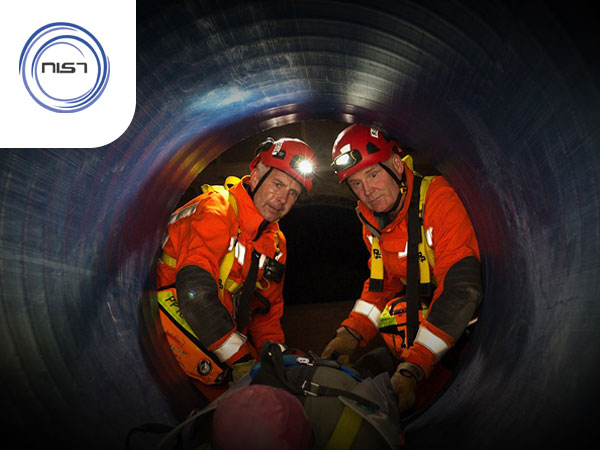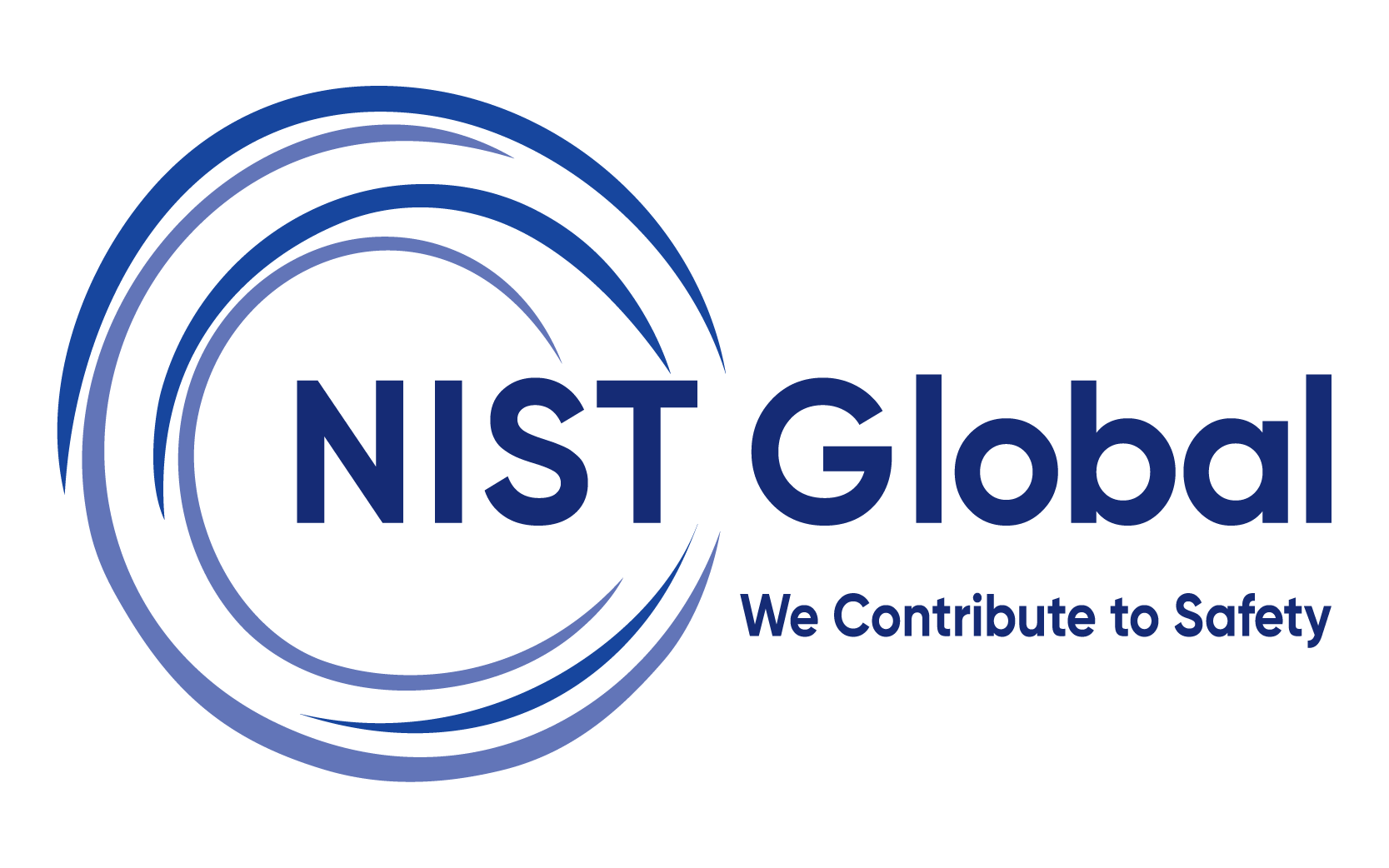Confined Space Rescue
Confined space rescues and recovery of victims trapped can be technically challenging due to the environment in which they occur.

-
Duration1 Day
-
Training ModeClassroom
-
Learning PartnerNIST
-
Training TopicConfined Space Rescue
-
LevelIntermediate
-
LanguageEnglish
-
PrerequisitesNone
-
ScopeIntermediate - Theory & Practicals
-
For queries, & Assistance
Introduction:
Confined spaces are often narrow and constricting preventing easy access by rescuers. They are usually either unlit or poorly lit so rescuers must provide their own light source. Finally, confined spaces often contain hazardous materials in liquid or gas form which can be harmful or fatal to humans.
These hazards can be fatal as they create a limited window in which to perform a rescue. The urgent need to rescue someone from a confined space often leads to ill-prepared rescue attempts. Two-thirds of all of deaths occurring in confined spaces are attributed to persons attempting to rescue someone else.
NIST Project Team has successfully handled On-site Risk Management on various occasions involving Confined Space Rescue such as with Honeywell.
Learning Outcomes of Confined Space Rescue training
Upon completion of Confined Space Rescue training, the student will be familiar with:
- Categories of Confined Space Rescue.
- The use of Personal Protection Equipments necessary for making rescues.
- The use of Retrieval Systems for non-entry rescue.
- The entry Permit System with need to communicate the system for preparation, issuance, use and cancellation of entry permit.
- Hazards encountered while performing a confined space rescue.
- Respiratory Protection and the use of SCBA.
- Review of accidents common to confined space.
- SKED usage and stretcher drill.
- The requirements to practice Rescue Drills.
In a controlled and simulated IDLH environment, students will be required to:
- Respond to a rescue alert.
- Evaluate the emergency and determine the correct rescue method.
- Determine the atmospheric hazard.
- Utilize the appropriate PPE.
- Enter the confined space.
- Perform a rescue on an unconscious victim.
- Evaluate victim once outside and administer first aid until medical help arrives on scene.
The Training sessions would be as per best practices in industry using audio visual display and past case studies in a class room setup. Practical session for skill building could be exercised in a non-threatening place to life and health under strict supervision.
Who can take the Confined Space Rescue training?
Health and safety regulation requires that persons qualified for confined space rescue operations complete rescue training and exercises annually, at the least, and recommend more frequent training. This mostly involves all members of Emergency Rescue Team in an organization.
Benefits of Confined Space Rescue training
Confined Space Rescue training is important because it is legally required that employers who have permit required confined spaces in their facilities in which employees will be working, provide rescue and emergency services in case of an accident eventuality. This training refreshes earlier learnt aspects and regular hands on training and drills maintain the competence level of ERT members.
